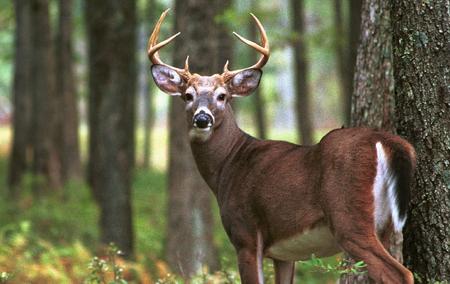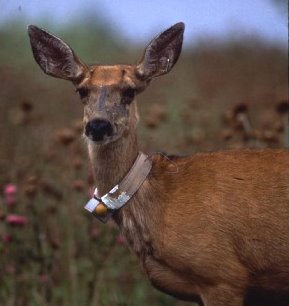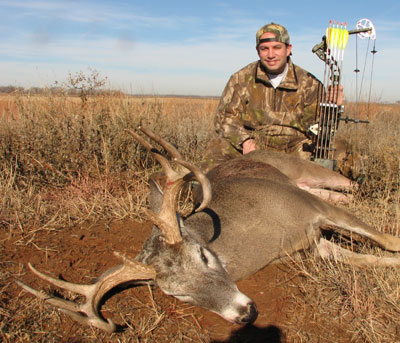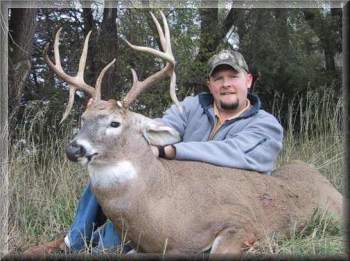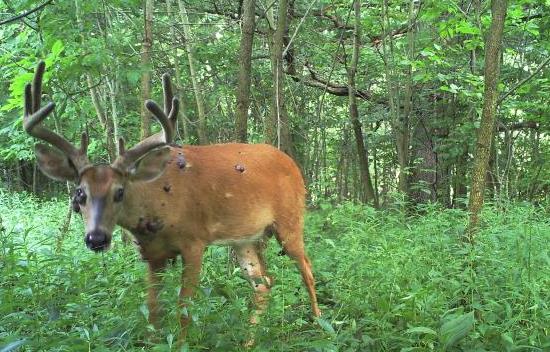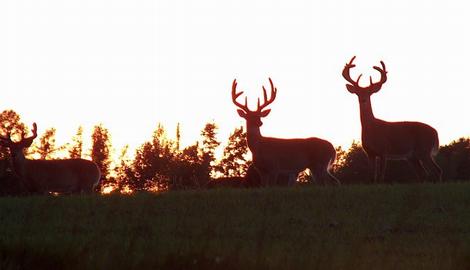
Criminal charges recently filed against a father and son who ran a Kent County deer farm provide a shocking look at just how easy chronic wasting disease (CWD) might have spread to Michigan’s wild deer herd. Michigan Department of Natural Resources agents say a day after CWD was confirmed in a deer from their herd, the pair crept onto their quarantined farm at midnight, tranquilized a deer and loaded it into a trailer. DNR agents watching the property say they saw it all. When stopped on a road, the two told DNR officers they planned to release the deer into the wild. They didn’t have proper paperwork for the deer, and wanted to get rid of it. However, tests later showed the deer free of CWD.
The DNR recently said that it may have found the source of the always-fatal disease that’s similar to mad cow disease. The taxidermy shop next to the Kent County deer farm had accepted two deer from customers who illegally brought them from CWD zones in South Dakota and Wyoming. Continue reading Case Shows How Easy CWD Could Spread
